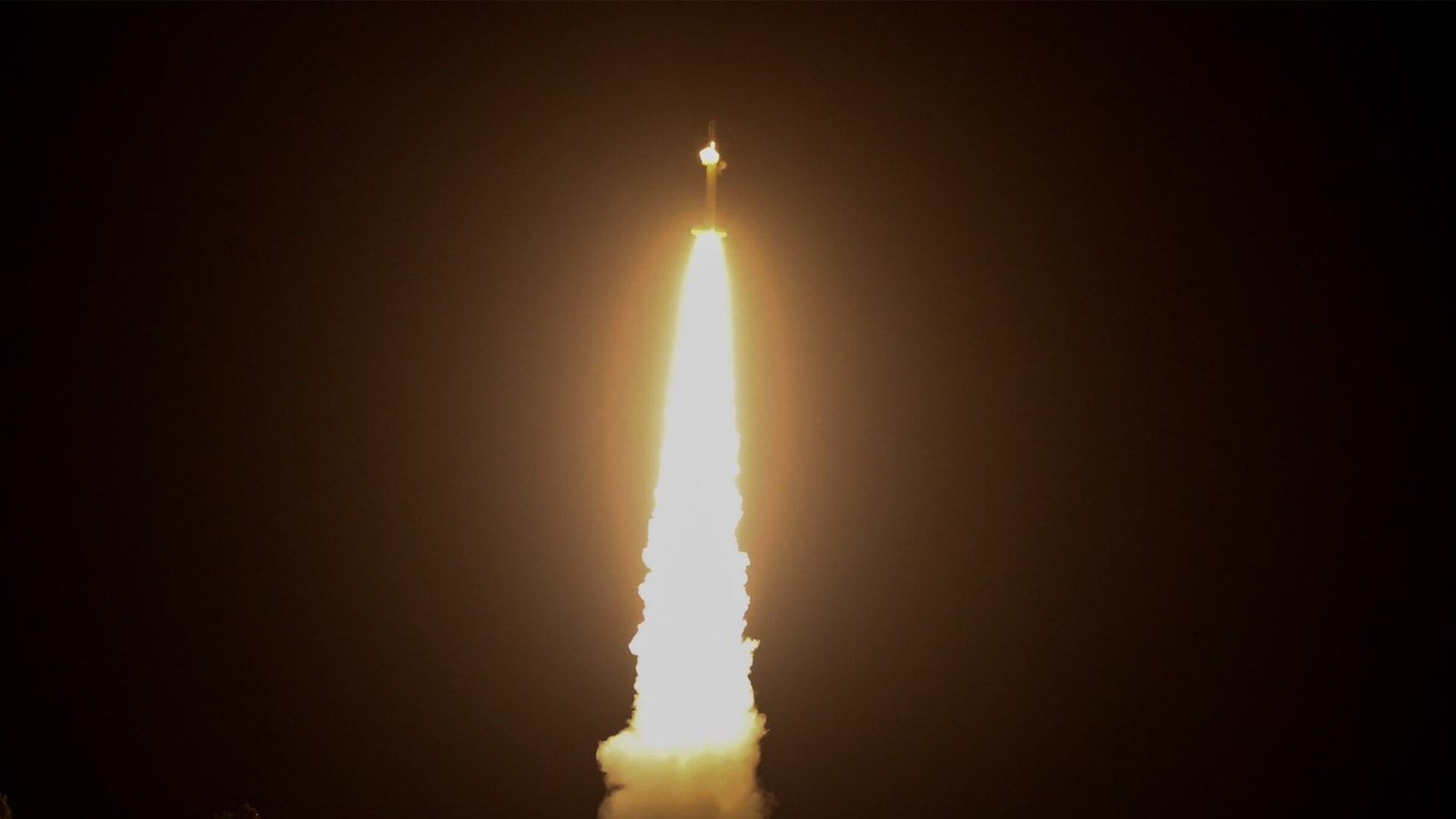A report by the news agency AFP said that in the first of the three planned launches from the Arnhem Space Centre, the rocket, carrying technology likened to a “mini Hubble” telescope, lifted off — blasted about 350 kilometres (218 miles) into the night sky.
It was a historic moment for Australia on Sunday when the National Aeronautics and Space Administration (NASA) did its first-ever commercial launch outside of the United States as a rocket blasted off from the Outback region.
A report by the news agency AFP said that in the first of the three planned launches from the Arnhem Space Centre, the rocket, carrying technology likened to a “mini Hubble” telescope, lifted off — blasted about 350 kilometres (218 miles) into the night sky.
The Arnhem Space Centre is the world’s first and commercially owned and run equatorial launch site. Following a series of delays due to rain and wind, the suborbital-sounding rocket soared into the sky to study X-rays emanating from the Alpha Centauri A and B systems, the AFP report said.
After reaching its apogee, the rocket’s payload was to capture data on the star systems before parachuting back to earth.
NASA has said the launch of the rocket offers a unique glimpse of distant systems and unlocked fresh possibilities for scientists.
Ahead of the liftoff, Equatorial Launch Australia CEO Michael Jones told the news agency that the launch was a momentous occasion for the company in particular, but it was also historic for the country.
Jones’ company owns and operates the launch site in the far north of Australia. He added that the chance to work with NASA was a milestone for commercial space firms in the country.
(With AFP inputs)
